Modest fashion is a global movement shaped by a beautiful diversity of religious values, cultural traditions, and personal expression. While the definition of “modest” varies widely, one thing remains constant: modesty can be stylish, empowering, and incredibly individual.
Let’s explore how modest fashion is interpreted and worn across different regions of the world, revealing a rich tapestry of identity and innovation.
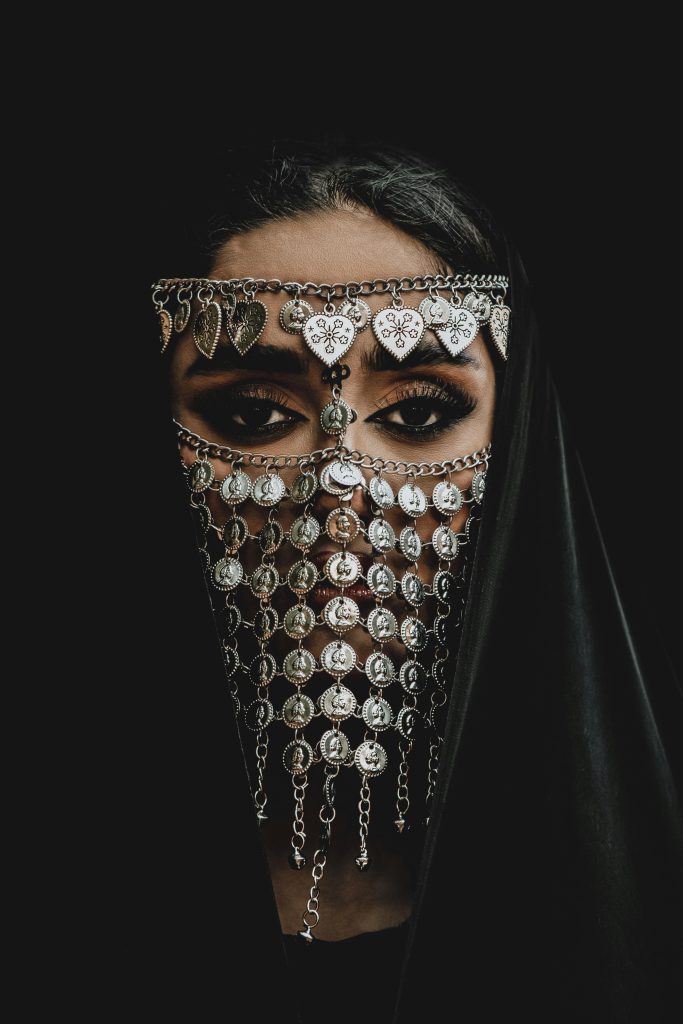
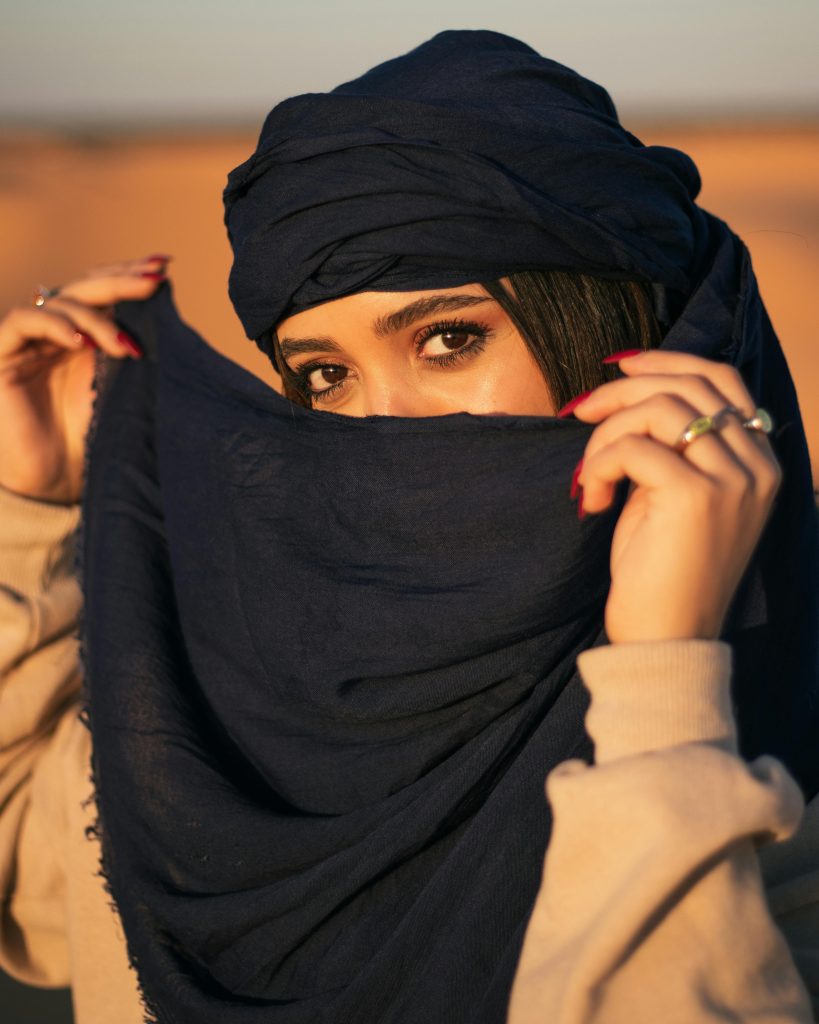
The Middle East & North Africa
In the MENA region, modest fashion is deeply rooted in islamic culture and tradition. Common garments include the abaya, kaftan, djellaba and hijab with variations depending on the country.
- Gulf countries like Saudi Arabia, UAE and Qatar often feature sleek black abayas, though fashion-forward versions include floral embroidery, bold tailoring and luxurious fabrics.
- Morocco and Egypt blend tradition with fashion through colourful kaftans, belted abayas and mate beadwork.
Designers in this region are redefining modest wear with modern silhouettes, metallic accents and couture-level details making modest fashion not only culturally resonant but globally admired.
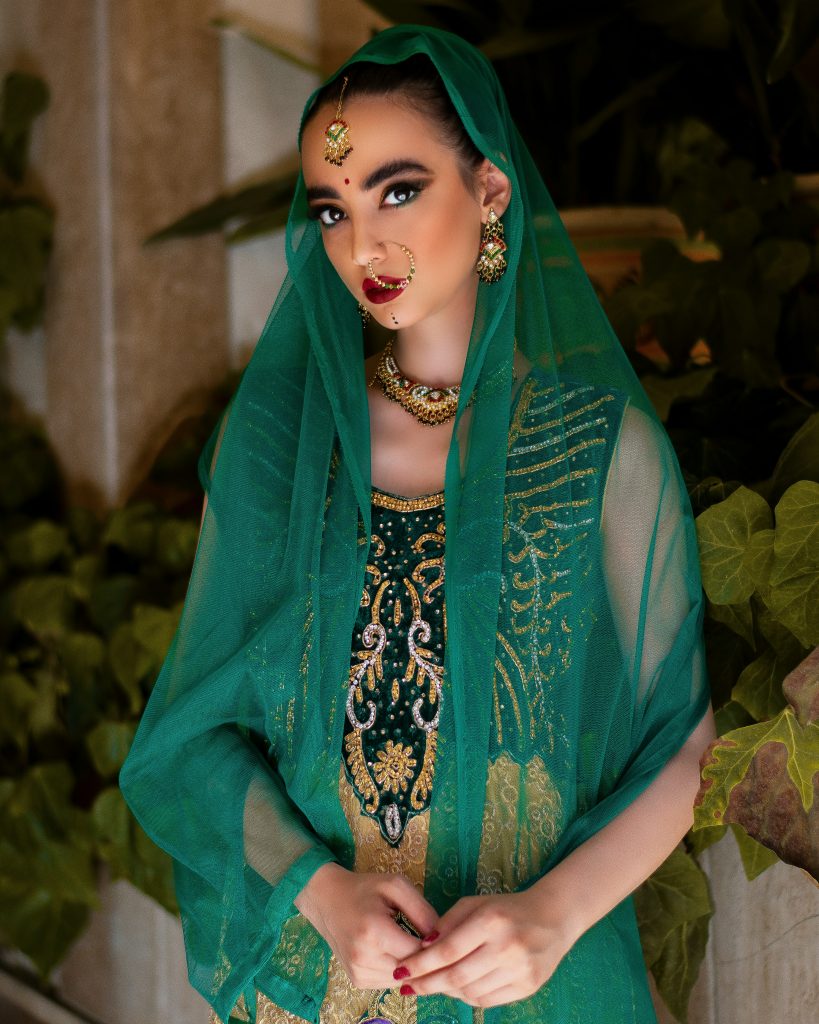

South & Southeast Asia
Modesty in this region is expressed through garments that blends religious values, climate practically and aesthetic richness. These regions celebrate color, culture and creativity, proving modesty doesn't mean minimalism, it often means maximalism with meaning.
- In India, Pakistan and Bangladesh, traditional attire like shalwar kameez, saree and long kurtas often reflect modesty through coverage, despite vibrant colors and rich embellishments. Many Muslim women wear hijabs styled with matching dupattas or shawls, often coordinating with heavily embroidered outfits for special occasions.
- In Malaysia and Indonesia, modest wear incorporates flowy tunics, wide-leg trousers and Batik or Songket prints. The hijab is styled in countless creative ways. It could be folded, draped or pinned with strong influence from social media trends and modest fashion influencers.
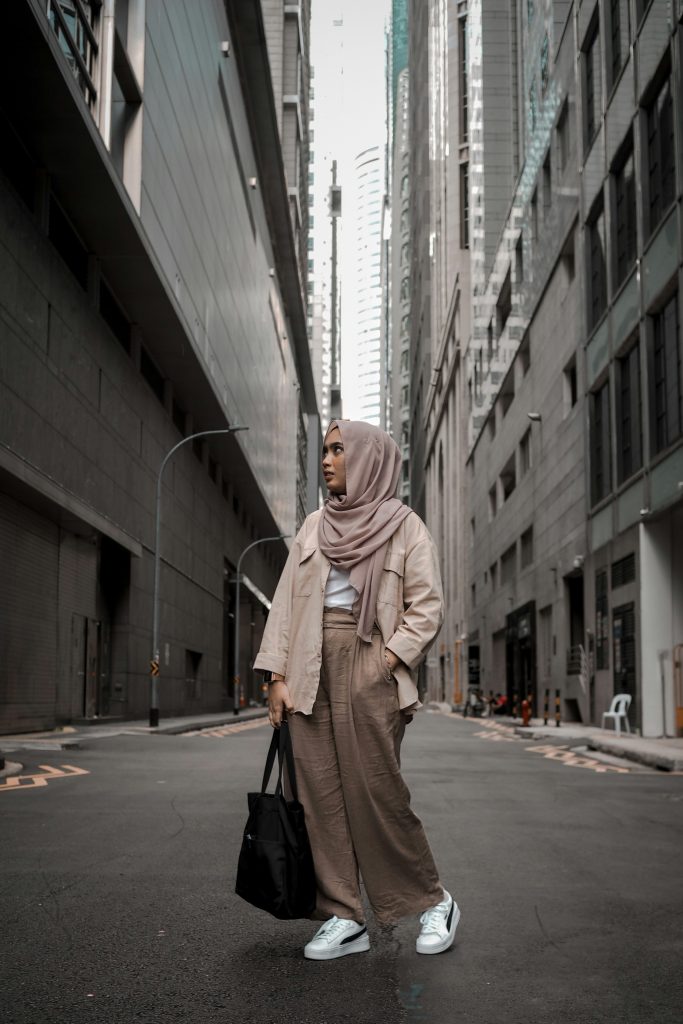

Europe & North America
In Western fashion scenes, modesty has shifted from niche to mainstream style movement, embraced by both religious communities and style conscious individuals.
- Many woman in these regions opt for long-line silhouette, oversized blazers, layering techniques and high necklines balancing coverage with modern flair.
- Influencers from diverse backgrounds especially Muslim fashion bloggers have brought pieces like tulle maxi skirts, wide-leg pants, hijabs and flowy dresses into the spotlight.
Brands like Uniqlo, H&M, Mango and Nike have even launched modest fashion lines or activewear hijabs, recognizing the market and the need for inclusive design.
What stands out in the West is the fusion of faith and fashion, where modest dressing is just as much about self-expression and comfort as it is about spiritual or cultural practice.


Africa
Across the African continent, modest fashion varies widely by region but is consistently marked by bold prints, vibrant fabrics and strong cultural heritage. Whether for everyday wear or ceremonial occasions, modest fashion in Africa reflects pride in tradition, celebration of femininity and artistry in tailoring.
- In West Africa garments like the boubou, wrapper, skirts and headwraps (such as the gele in Nigeria or dukuin Ghana) express both elegance and modesty. The look id often completed with structured tops and layered jewelry.
- In North Africa, countries like Morocco, Algeria and Tunisia showcase modesty through flowing djellabas, embellished caftans and traditional veils, often paired with modern accessories.
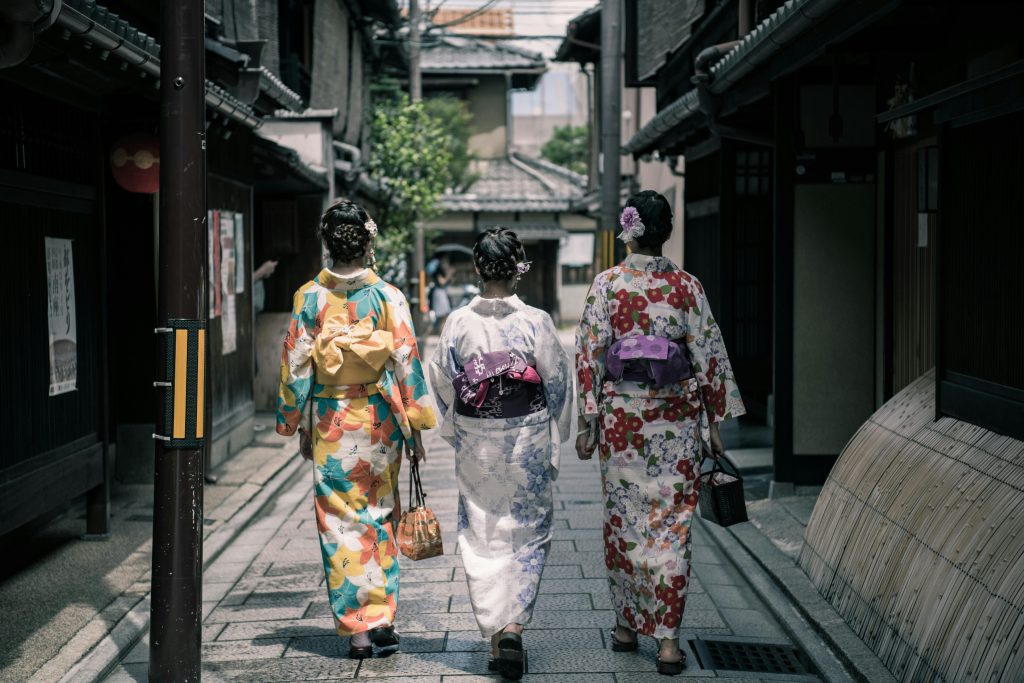

East Asia
While modest fashion isn't typically associated with religious practice in East Asia, many traditional garments naturally reflect modest silhouettes. East Asia fashion shows that modesty can be rooted in traditional elegance, while simultaneously blending with modern minimalism and high fashion trends.
- In Japan, the kimono is a cultural icon-flowy, layered and elegant. It represents grace and modesty, especially in ceremonial contexts.
- In Korea, the hanbok is worn during celebrations and holidays. It’s voluminous skirts and high waistline offers full coverage while highlighting cultural beauty.
Final Thoughts
Modest fashion is not a one-sized-fits-all concept. It is fluid, personal and cultural. From the silk abayas of Dubai to the saree of South Asia, the layered streetwear of Seoul to the embroidered kaftans of Marrakech, modest dressing spans the globe in beautiful, unique ways.
It's a form of self-respect, spiritual expression and creative freedom, where modesty is reimagined through the lens of every region, religion and identity.
In celebrating modest fashion from around the world, we celebrate DIVERSITY, DIGNITY and DESIGN-proof that modesty is not about imitation, but limitless inspiration.
